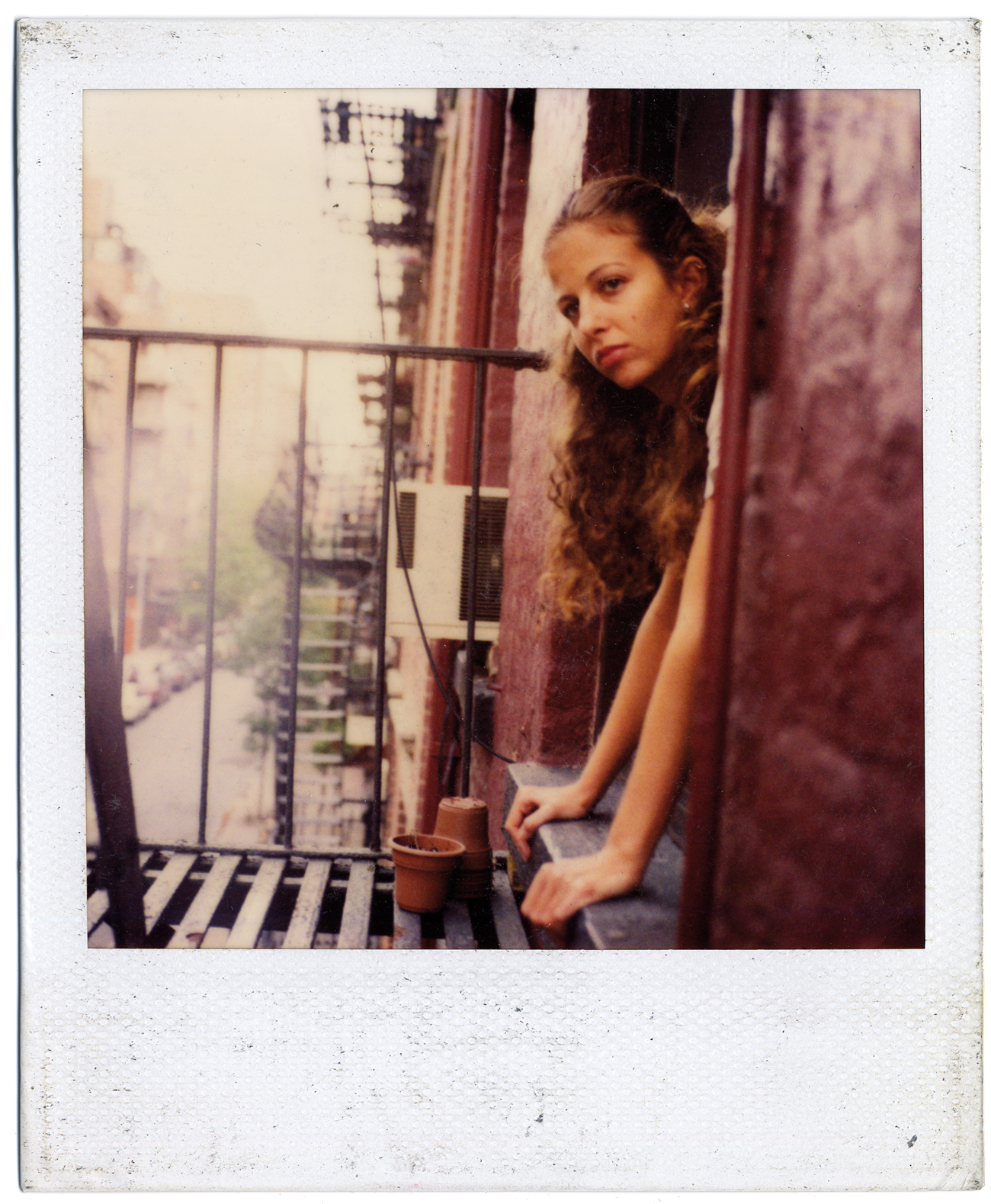Purple Magazine
— F/W 2008 issue 10
Chiara Clemente
 Polaroid by Waris Ahluwalia
Polaroid by Waris Ahluwalia
text by BILL POWERS
CHIARA CLEMENTE, Our City Dreams
My first encounter with Chiara took place at the after-party toasting of her father, Francesco Clemente’s, 1999 Guggenheim retrospective. We all rode down-town to it in an overcrowded white limo. I remember watching Chiara and her sister dancing the night away in the lounge upstairs at Moomba as her parents and their friends shared a drink nearby. They were the kind of family — the kind of people — you move to New York hoping you’ll meet. It wasn’t until seven years later that I discovered Chiara’s talent as a filmmaker. She had made a short film about a project Mario Sorrenti and Richard Tuttle collaborated on, a fashion shoot inspired by the early days of the Ballet Russe. There was a freedom to her camera work, an unobtrusiveness, that I really…